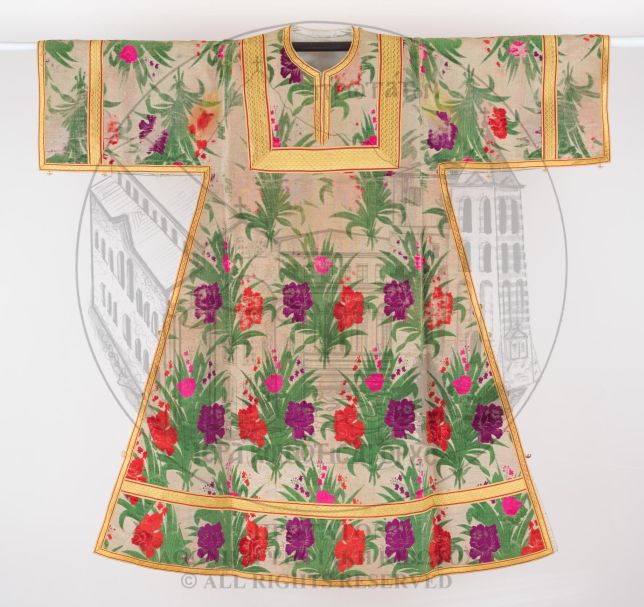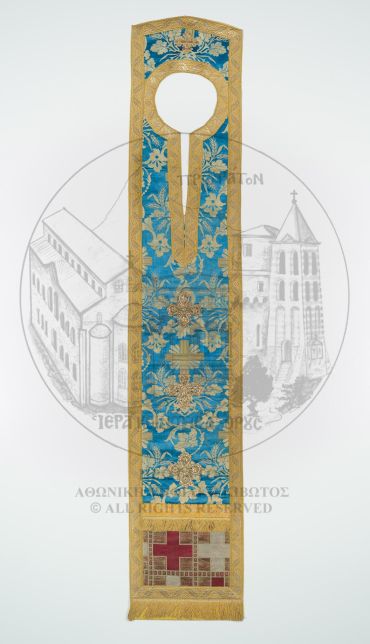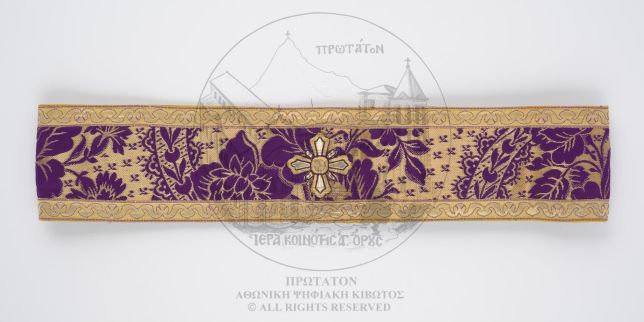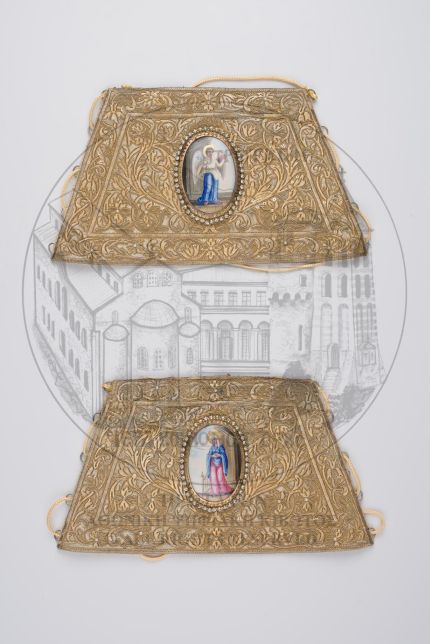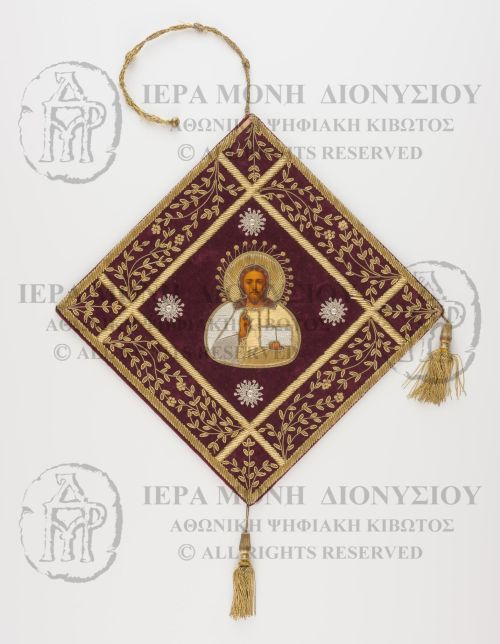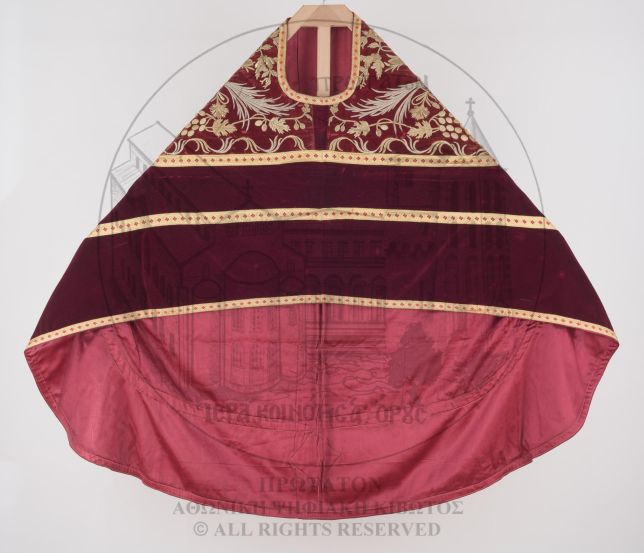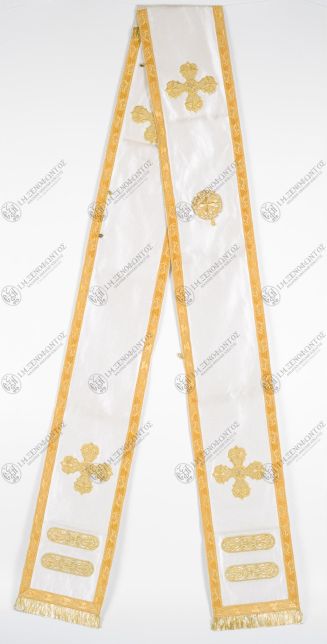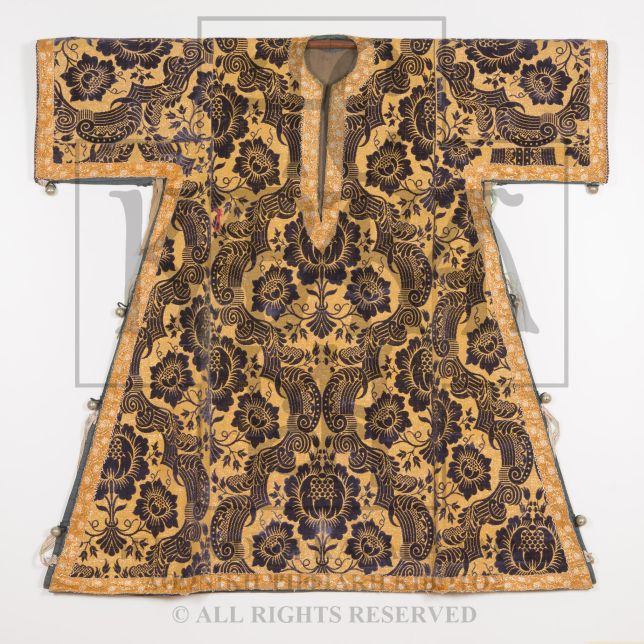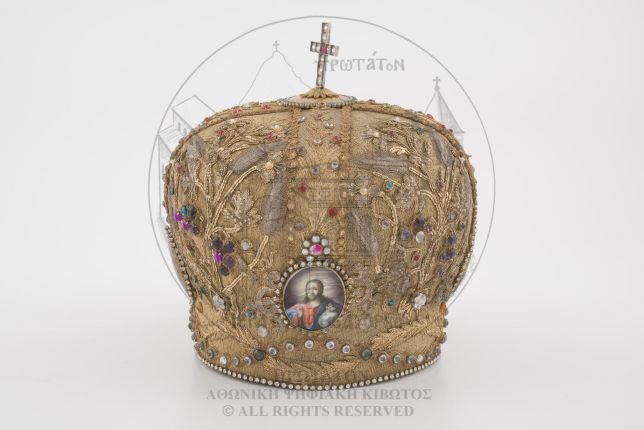An introduction to "The Vesting"
Learn the basics before you proceed to the lecture.
Priest

Epimanikia (singular epimanikion) are liturgical vestments. The two cuffs, which are embroided with crosses, are tied closely around the wrists so as to avoid interfering with liturgical activity. The prayers used when donning the cuffs glorify the hands of the Lord in creating humanity and in shattering His enemies. Blessing and kissing the right cuff, the priest quotes the Song of Moses from the book of Exodus: “Your right hand, O Lord, is glorified in strength; Your right hand, O Lord, has shattered Your enemies, and in the multitude of Your glory You |
|---|
Bishop

Last modified: Wednesday, 16 October 2019, 5:01 PM

